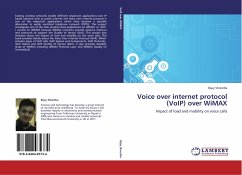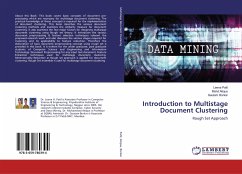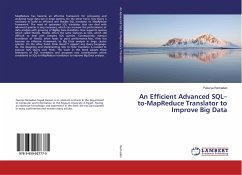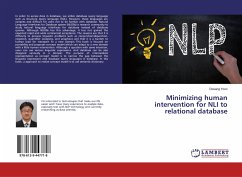For voice handicapped people, an easy to use voicing aid device is desired. In mobile telephony, so-called non-speaking speech communication is an expected solution for essential privacy as well as for acoustic nuisance prevention. The study introduced here intends to cover both issues, introducing a system where the whispering (non-speaking voice or talk without vocal fold activation) signal is converted to pseudo-real voice signal, which is to be sent to, or heard by, the other party. The study also includes validation tests with multiple volunteers for its output legibility. Unlike general concept of speech regeneration being inclined to signal recognition or decomposition to text followed by electronic reading (voicing), our system converts it almost directly without recognition or decomposition steps. The processing is based on repetitive playback of short time autocorrelation, conducted by a synthetic pitch pulse.
Bitte wählen Sie Ihr Anliegen aus.
Rechnungen
Retourenschein anfordern
Bestellstatus
Storno








